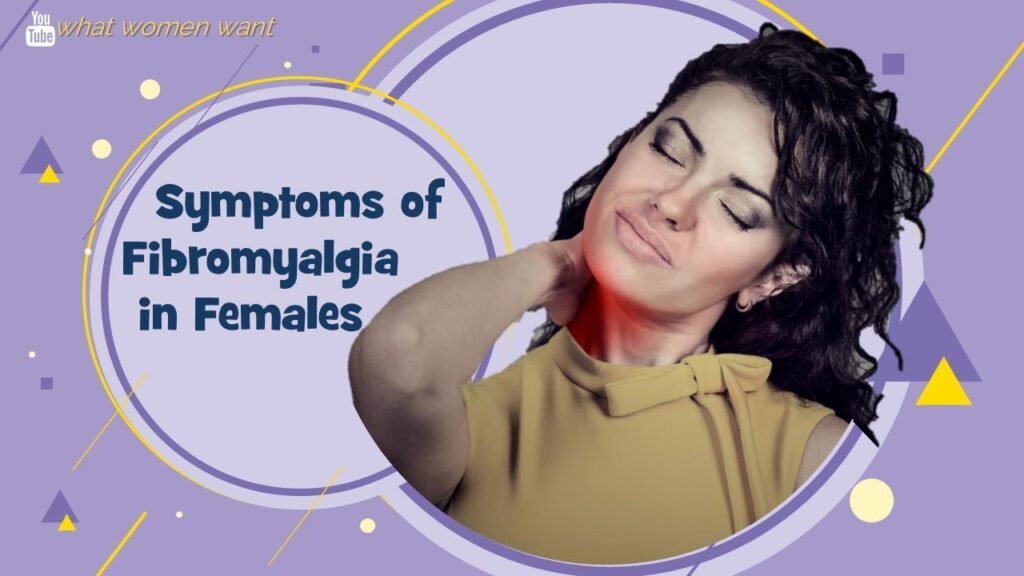
While males often report more widespread fibromyalgia symptoms, females tend to experience tender points in different parts of their bodies. These tender points can be very painful, as they result from a decreased inhibition and faulty protective mechanisms in the brain. Lifestyle changes and treatments such as stress reduction can provide some respite from the chronic pain that is associated with fibromyalgia.
Exercise reduces fibromyalgia symptoms
Physical therapy and exercise can help relieve fibromyalgia symptoms. Low impact aerobic exercises, such as walking, swimming, and cycling, can help to reduce pain and improve your overall fitness. You can also seek out physical therapy and exercise programs that are tailored to your particular needs. For example, you may want to consider tai chi, a Chinese exercise that involves slow movements and deep breathing.
While exercise has many benefits for both the physical and psychological well-being of patients, the problem often makes it difficult for sufferers to exercise regularly. People with fibromyalgia may find it difficult to move their bodies, but the benefits of exercise may outweigh the inconvenience of a physical disability. However, a gradual approach to exercise will prevent post-exercise malaise, otherwise known as “PEM.”
According to the study, physical activity can improve joint flexibility, joint range of motion, and pain. Research has found that aquatic exercise is associated with improved HRQOL, physical function, muscle strength, and emotional well-being. In addition, research shows that exercising improves mood and reduces anxiety. Hence, it is essential for women suffering from fibromyalgia to get regular exercise sessions.
A low-impact exercise program can help women suffering from fibromyalgia manage their condition better. Strength training exercises can help fibromyalgia sufferers maintain an active lifestyle. The goal is to gradually increase the intensity of the exercise sessions by progressively reducing the amount of weight the patient must lift. It can also improve the quality of their relationships with their partner.
Another type of exercise is yoga. Yoga combines gentle stretching and mind-body awareness with a slow, steady approach to fitness. Women with fibromyalgia may benefit from yoga because it is an easily accessible exercise option. The internet has a wide range of videos on yoga. Some yoga teachers also design workouts for individuals suffering from fibromyalgia. If yoga is not for you, check out Tai Chi.
Physical activity is a powerful tool to combat fibromyalgia and improve overall health. Recent RCTs and literature reviews have provided further insight into the benefits of exercise programs for people with fibromyalgia. Exercise is a powerful tool that can help individuals achieve their goals and reduce their symptoms. By increasing their physical activity, patients can reduce the likelihood of becoming deconditioned and unable to participate in a vigorous exercise program.
Avoiding caffeine and sugar
Although you may not be aware of it, sugar and caffeine may be triggers for fibromyalgia flare-ups in females. Both of these substances can increase blood sugar levels and are also associated with digestive symptoms. In addition to sugar, processed foods are loaded with trans fats and salt. Even though you may feel more energy after eating these foods, they do not provide the long-term benefit of feeling full and satisfied.
It is important to note that everyone’s body responds to dietary changes differently. For some, changes in diet immediately reduce symptoms, while for others, the effects are gradual. As a result, you may have to experiment with the changes to find out what foods aggravate your condition. To help you find which foods trigger pain, consult your healthcare provider or dietitian.
Stress-relieving strategies are also recommended. Exercise is crucial for fibromyalgia sufferers, and doing mental exercises can help. The best method is to choose a time when you can focus. Also, if your pain is accompanied by memory problems, explain that you are suffering from fibromyalgia and will need extra support to finish tasks. It is also important to make sure you get sufficient sleep. Poor sleep has been linked with many health problems, so getting adequate sleep is essential to reducing fatigue and pain.
Foods that are high in fat and oil are often linked with fibromyalgia, and eating foods rich in omega-3 fatty acids and a high fiber diet may help with these problems. Additionally, some studies have shown that moderate intake of caffeine has no negative impact on fibromyalgia symptoms. However, excessive amounts of caffeine can negatively impact your sleep and cause you to lose energy.
Foods high in vegetable oils are also known to trigger inflammation in the body. Hence, avoiding processed foods like pizza and cakes can help ease your symptoms. Also, eat foods that are rich in antioxidants. Free radicals are waste products that the body produces. Too much of them can cause oxidative stress and inflammation. So, avoiding these foods can help relieve fibromyalgia symptoms in females.
Pain at tender points
When a doctor presses on a patient’s body, they feel pain at a specific location, which is a key symptom of fibromyalgia. In addition to being specific to one location, tenderness can also vary on a daily basis, which can make a diagnosis difficult. A person suffering from fibromyalgia must experience widespread pain and tenderness at specific locations for at least 3 months. These tender points are found on the back of the head and the inner knees.
Treatment for fibromyalgia pain often involves a combination of medications and lifestyle changes. Medications are not effective for fibromyalgia alone; they are best used in combination with exercises and lifestyle modifications to relieve stress. Treatment of tender points usually involves several prescriptions and lifestyle changes, including taking antidepressants or relaxing. Some medications are specifically designed for fibromyalgia.
Tender points are small, localized areas of the body that hurt when pressed. It is important to understand that tender points are not joints. Instead, they are small areas of pain that are only felt when touched. Patients with fibromyalgia commonly have several of these points. Unlike trigger points, which cause pain in other parts of the body when pressed, these tender points are small, receptive to touch, and have a distinct characteristic.
Traditionally, doctors used tender points to diagnose fibromyalgia. In 1990, the American College of Rheumatology (ACR) identified 18 tender points on the body. Before 2010, patients needed to test 11 of these points to be diagnosed with fibromyalgia. After 2010, however, doctors are no longer relying on tender points as a diagnostic tool.
The symptoms of fibromyalgia vary between genders, but the common areas include the arms, shoulders, rib cage, and back. Pain may be felt anywhere on the body, including the groin, but it can also occur in the legs. Often, fibromyalgia patients have fatigue and mood disorders. It’s hard to treat unless it is diagnosed early.
Getting regular aerobic exercise
The key to a successful treatment program is finding an exercise routine that works for you. There is no one type of aerobic exercise that is right for everyone, so you need to experiment and find the type of aerobic exercise that works best for your needs. However, it is important to consult a physician before beginning any exercise program because fibromyalgia often makes it difficult to move freely.
A good aerobic exercise program for fibromyalgia patients involves exercising large muscles for a set period of time. Walking, swimming, biking and other activities are great options because they are low-impact and require no special equipment. It is important to choose an exercise program that you enjoy and stick to it. Try to work your way up to 30 minutes of exercise every day. For best results, start off slow and increase your workout gradually.
When starting an aerobic exercise program for fibromyalgia symptoms, start slowly and work up to a more rigorous routine. Start off by doing stretches or light, low-impact exercises, and gradually increase the intensity as you get stronger. It is normal to experience muscle soreness after starting a new workout routine, but if you notice a sharp pain, you should stop immediately and visit your doctor. This may be an injury or overworked muscle. Getting regular exercise will also help you get enough rest and increase your energy levels.
Even though aerobic exercise is hard to do for someone with fibromyalgia, getting regular exercise is important to relieve pain and improve quality of life. Experts recommend gentle aerobic exercise as the first treatment for fibromyalgia symptoms. It helps manage weight, improves quality of life, and increases resistance to tiny injuries. In addition, regular aerobic exercise can improve sleep and overall well-being.
One study found that the combination of low-intensity aerobic exercises and a self-help course helped women with fibromyalgia manage their pain and improve their quality of life. Participants were required to participate in weekly meetings and gradually increase the intensity and duration of their workouts. Following the study, participants were offered a videotape and instructions on how to exercise on their own.
Fibromyalgia tender points
Tender points are the pain spots that you can feel in specific places on your body caused by fibromyalgia. These pain spots are small, symmetrical areas that produce pain when pressed. Fibromyalgia sufferers usually have tender points around the neck, shoulders, hips, and back. Once you find the tender point, you can try to identify the specific cause of your pain by examining your body.
There are 18 specific tender points associated with fibromyalgia. These are found in pairs on symmetrical sides of the body. The front-side tender points are located at the base of the neck just above the collarbone, inside the elbow crease, and inside the knee. These tender points are symmetrically located down the body. The back-side tender points are located at the knees, lower legs, and hips.
While doctors cannot test fibromyalgia patients with a lab test, a physician can diagnose the disorder through a detailed patient history and the presence of tender points. The fibromyalgia tender points are often accompanied by a range of other symptoms, such as irritable bowel syndrome. For a physician to make a diagnosis, the patient must experience widespread pain for at least three months. During the diagnosis, doctors will also check non-tender areas of the body as well as the control points.
While the tender point test is an invaluable guide for physicians, newer diagnostic criteria have made this test more widely available. This new diagnostic approach has helped many people get the diagnosis they deserve. The pain in these trigger points is the result of myofascial trigger points, which are hard lumps or bumps in taut skeletal muscles. These trigger points can lead to localized pain and also refer pain to other areas of the body.
Diagnosing fibromyalgia is difficult, as symptoms are not always easily diagnosed. Before 2010, doctors relied on tender point tests, where doctors applied pressure to certain spots to elicit pain. The results were typically positive if the patient experienced pain in 11 of the 18 tender points in the body. If a person was experiencing widespread pain in all quadrants of the body for at least three months, a fibromyalgia diagnosis was confirmed.
The pain in a person with fibromyalgia may be worse than the pain in other areas. It may be difficult to perform daily activities because of the pain in various areas of the body. Fortunately, there are many ways to relieve the pain and get the relief you need. By reducing pain in these areas, you’ll be able to reduce the stress and frustration that accompany the disease.
While fibromyalgia is a chronic condition, it has several causes. Chronic fatigue, depression, and mood problems are common symptoms. The pain in these areas is caused by a wide range of triggers, including physical activity. The pain can also lead to sleep problems. The physical pain caused by FM is often difficult to assess, so it is essential to visit a physician to determine if you have the condition.



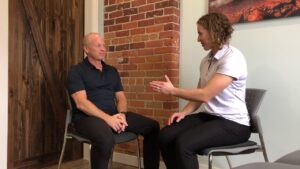
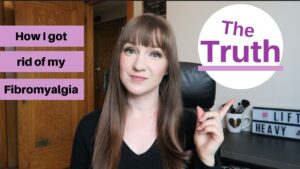
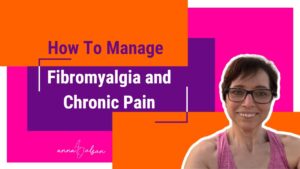
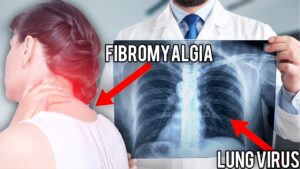
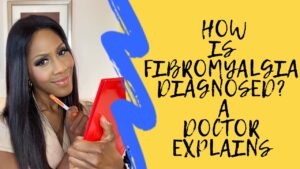
Comments are closed.